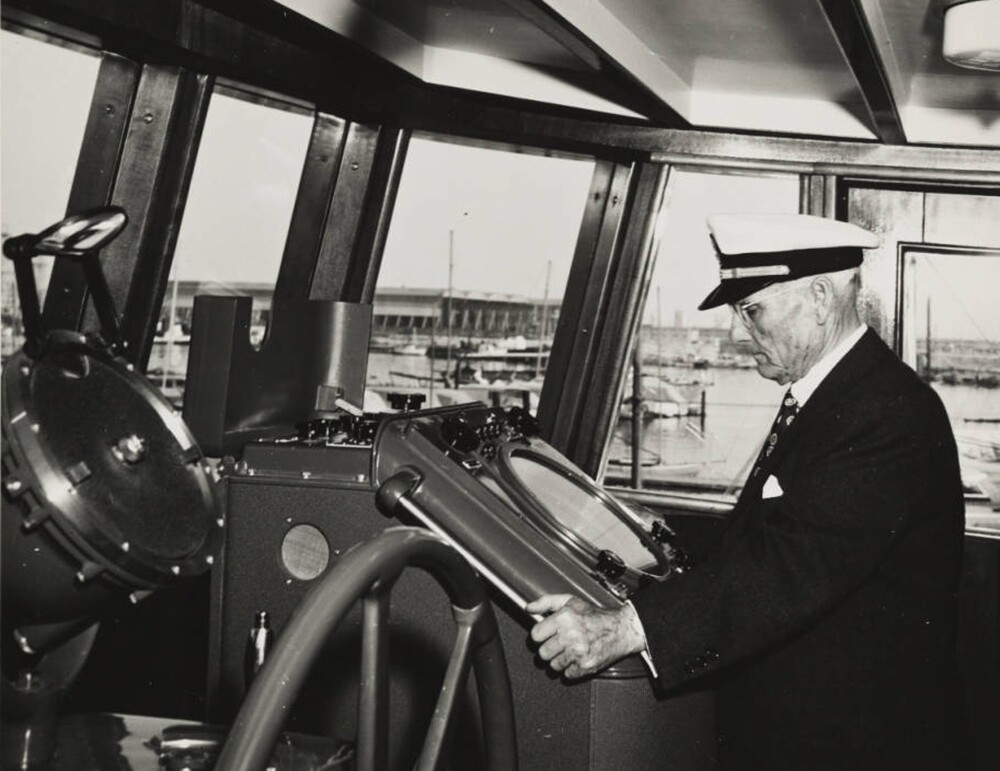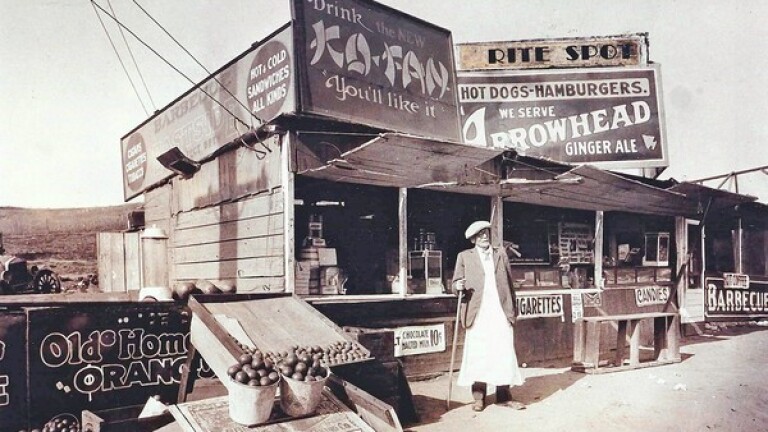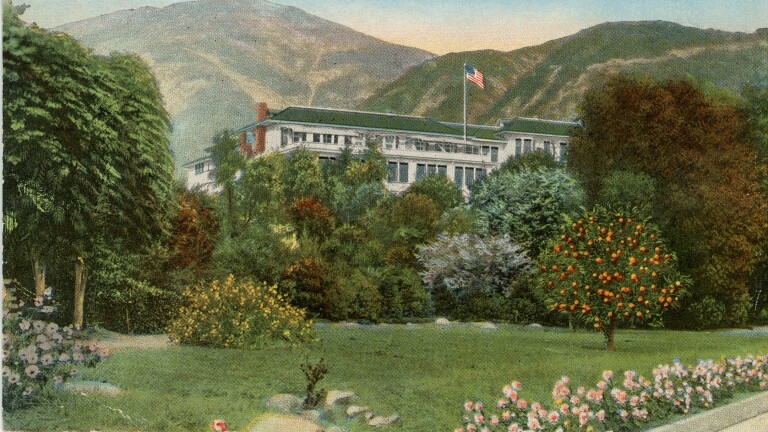The History and Future of Ocean Research in L.A.

In the 1930s, the coastline of California was a wild place. One of the ships sent out to explore it was the called the Velero III, a motorboat built for the wealthy oil baron George Allan Hancock in Long Beach, to be used for both business and research. It was used by researchers at the University of Southern California for a decade before the Navy purchased it for use during World War II.
It wasn’t the first time Hancock, who also developed the La Brea tar pits at his eponymous Hancock Park, had taken to the seas: he had used Velero I and Velero II to do longer and longer trips, including one where an amateur marine biologist joined to visit Panama, and another that carried two scientists on a trip to visit the Galapagos. It helped solidify his interest in science.
With Velero III, Hancock turned his focus in collecting marine life between San Francisco and Peru. He made ten ocean science voyages between 1931 and 1941, each lasting two or three months. “In those early days when Los Angeles Harbor was mostly mud flats and Santa Catalina was an aloof, barren island, the young pioneer was able to expand his horizons and learned to navigate his craft beyond the sight of land,” wrote Meredith De Will in a 1939 book about Velero III.
The Velero had special gear to do deep-sea dredging, reeling 7,000 feet of cable to sample the bottom of the sea at various depths. Scientists aboard would then analyze the thousands of specimens collected. The boat was designed to cruise 10,000 miles without stopping and to provision thirty men for 90 days. Divers would plunge into the water to bring up coral formations from different parts of the Pacific. Onboard scientists included parasitologists who examined nematode parasites and invertebrate specialists who studied crabs. The ship’s mascot was a spider monkey, and they also brought back non-marine life: birds, elephant seals and marine iguanas from various parts of the Pacific.
In California’s Channel Islands, the missions made the biggest impact, uncovering species that were never known before. A five-year biological survey of San Clemente island brought back archeological artifacts like knives, hammers, digging tools and pottery from the native Chumash people who resided there long ago. And three weeks of exploring San Nicholas island brought back 200 biological specimens, some of which only existed there and had never before been discovered.
Jack Von Bloeker, a mammologist on the trip told the Oakland Tribune in April of 1940: "There must be 3,000 foxes on the island, and they eat everything from shellfish to cactus apples. They are vicious fighter." Von Bloeker added that the foxes, isolated probably since Pleistocene times, have grown much longer and have bushier tails than foxes of other Channel Islands. Erosion by wind and rain is leveling the island, the scientist said.
All of this science and exploration contributed to the idea that the Channel Islands are the Galapagos of North America — chock full of endemic species that existed nowhere else on the planet.
Click right and left to see how Captain Hancock and his team of scientists made their discoveries.








Today, the same spirit lives on — though with new technology and many more questions. Hancock’s time was one of description and finding new species, and the field has developed to answer more sophisticated questions. It used to be that researchers were interested in what there was out in the oceans – but now they can ask how those organisms are changing over time and responding to different environmental conditions.
“There are still a fair number of people who are very exploratory, especially in the deep sea where it’s hard to get to and we don’t know what is down there,” says Naomi Levine, a professor at USC who studies microbes in the ocean and climate change. “We don’t know form the bacterial microbes live in the sediment from the bottom of the deep sea,” so explorers are still dredging up mud — just as Hancock’s expeditions used to do.
Click right and left to see how modern ocean researchers are using technology to learn more about the world in the slideshow below.










Ship-based measurements are changing with the future, though. “We are chronically under-sampled in the ocean because it’s so vast and it changes so quickly,” says Levine. Ships only travel about the speed of a bicycle, so covering the earth with ship-based measurements just isn’t feasible. That’s why satellite technology has been huge, says Levine – so now researchers are in an era of remote autonomous technology and that is revolutionizing the field.”
Remote sampling started in 2000, when scientists created battery-powered free-floating sensor buoys called Argo. They take measurements of temperature and salinity in the ocean and every ten days they surface to transmit their data to satellites. The floats are designed to make about 150 cycles, and oceanographers add about 800 of them to the world’s oceans each year. “That has been revolutionary because you don’t need a boat and they can sample where satellite can’t see,” says Levine.
The next generation of sampling buoys include chemical sensors for oxygen, nitrogen and other elements — and they started rolling out in 2010.
Gliders and autonomous vehicles can also dive to depths and do work that is unsafe for people.
Ships will still go out to places, staffed with oceanographers, but doing very specific experiments to answer questions, Levine says. “I don’t think it will ever become obsolete, but it will become less a smaller portion of the research because we can substitute autonomous technology for so much. There is still no way around ship-based expeditions to test specific hypotheses.”
The romantic era of ocean research exploration is on the wane, but the insights it provided still have a place in today’s world. Hancock’s expeditions were important in developing baselines to which future scientists could compare ocean conditions. There were 26 volumes of studies published from these trips between 1943 and 1962. When a massive oil spill hit Santa Barbara in 1969, the descriptions of marine life from Hancock’s trips helped researchers estimate the extent of the damage. For Levine and other modern scientists, the pathways laid by early oceanographers are still important to opening up scientific questions of today. “It’s an exciting time,” she says. “So many different disciplines are working together.”
The USC Libraries' digitization efforts for the Hancock collection have been financed (in part) with Federal funds from the National Park Service Maritime Heritage grant program, administered by the National Park Service, U.S. Department of the Interior
Top Image: Ocean ripples | Matt Hardy/Unsplash









